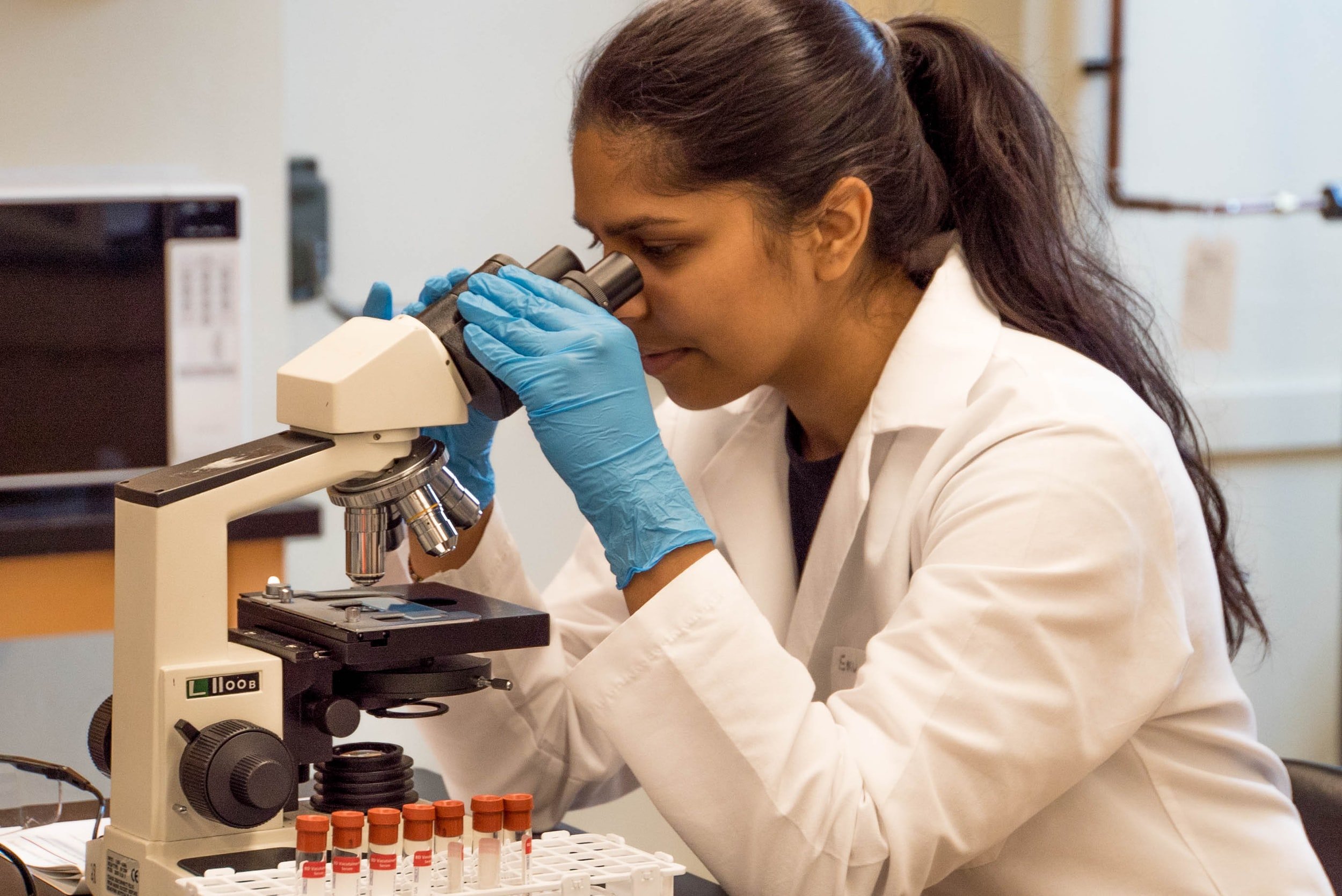The Dao of Change (Part 2)
In the previous article, we explored the idea that Wind (風 feng) is an invitation to change, whereas disease is a resistance to it.
Here, we shall look at how this tangibly applies to external and internal causes of imbalance.
Daoism regards the human being as the site of a continual interplay between material (Earth) and immaterial (Heaven) forces.
According to Daoist master and physician, Dr Jeffery Yuen, Qi is the essence of that dynamic relationship.
As individuals we are continually shaped by inner and outer forces - and the resultant harmony or disharmony largely determines our relative health or sickness.
Classical Chinese medicine (CCM) views illness and disease as points on a spectrum of imbalance involving the body, the environment and psychological forces.
In CCM, climatic factors such as Wind and Cold are seen as external causes of this imbalance. If the body fails to eliminate these external factors, they penetrate deeper and become internalized.
There are also internal factors that greatly contribute to imbalance - like overthinking, worry and long term unprocessed emotions.
The food and drinks we consume are classified as ‘in between’ external and internal causes of imbalance.
In China, during the 6th Century CE, the physician Chao Yang Fang postulated that there are conditions of Wind (風 feng) that are not visible to the human eye.
Referring to them as ‘pestilent factors’ and as being like ‘worms’ - Chao Yang Fang’s ideas anticipated the modern notion of microbial agents.
Later, the Ming dynasty Wen Bing school of febrile disease (1368-1644) argued that these pestilential factors were transmissible from human secretions and contagious.
With the invention of the microscope in 16th Century Europe all of this was verified, and later the science of epidemiology confirmed that these microbes (viruses, bacteria or fungi) were indeed transmissible.
This led to the postulation of the germ theory - that if you could discover what species of microbes cause the infection, it would be possible to effectively treat the disease.
Vigorously implemented by Western medicine, this idea led to the discovery and penicillin and have saved countless lives.
But the underlying belief system within the Western paradigm placed a limiting factor on western medicine.
Sickness was seen as something outside ourselves to be controlled, eliminated or suppressed - giving rise to a war mentality.
And the result of constantly waging war on microbes has led to the emergence of so-called ‘superbugs’ which are resistant to all existing antimicrobials.
But microbes - abundant and ubiquitous in the environment - are far from being negative factors in and of themselves.
Our bodies host a vast amount of microbial species - the microbiome - which is essential for our survival, health and evolution.
Viewed in this way, microbes are just as often welcomed guests in the body as they are sometimes the causes of sickness.
On one scale, the germ theory wins small battles against microbes, but despite huge investments in research and development into new antimicrobials, they can still mutate faster than Western medicine can keep up with.
Even cancer cells - which are normal cells gone awry - display the same resistance to conventional treatments as microbes and mutate in the face of the treatment.
If there is a ‘war’ here, it is one that Western medicine is losing - and the battle-field mentality may well be exacerbating the problem rather than helping to solve it.
So perhaps, in the bigger picture of humanity’s search for alleviating the pain and suffering, it is time to stop seeing nature as the enemy - or ourselves as helpless victims.
In the next article, we shall look through the lens of classical Chinese medicine at the strategies the body has developed in order to deal with external and internal factors of disharmony.


